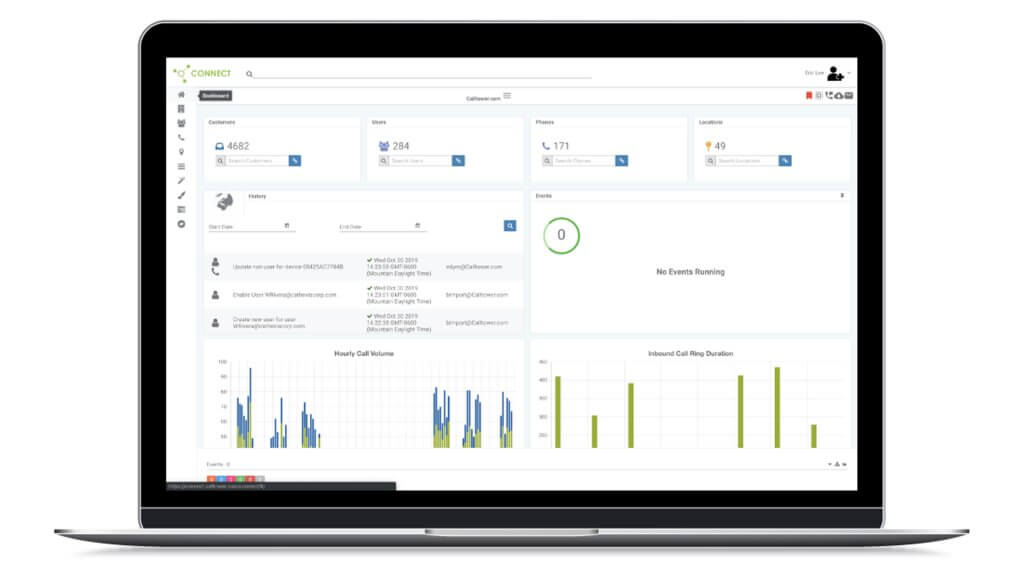
Low-carbon energy transition could create up to €380bn in new annual value for utilities.
The shift to an efficient and low-carbon energy system could create between €245bn and €380bn in new annual value for the global electricity utilities industry by 2030, finds a new study by Accenture and CDP, which examines the sector’s opportunities to grow and improve competitiveness while meeting environmental targets.
This revenue and efficiency opportunity is based on six areas that could drive business value for utilities, according to the study. Utilities can cut waste in power generation, develop low-carbon electricity sources and install carbon capture and reuse technology. The Accenture Strategy and CDP report also points to opportunities in new energy efficiency services, distributed generation and the flexible management of electricity supply and demand through advances in storage and other technologies. Capitalizing on this opportunity would require the sector to transform its business models, according to the report, “Low-Carbon, High Stakes.” In particular, Accenture Strategy calls on utilities to consider decoupling electricity generation revenues from sales volumes, divest non-core assets and businesses, and form more cross-industry partnerships.
The report examines five business model pathways toward a low-carbon energy system and analyzes their environmental and economic value, as well as the capabilities that utilities need to realize them. It assumes a future scenario of limiting the long-term increase in the average global temperature to 2°C.
“The global response to unmitigated greenhouse gas emissions and water scarcity will put the existing electricity generation and supply model at risk and threaten the bottom line of utilities,” said Peter Lacy, managing director, Accenture Strategy. “To sustain growth, improve competitiveness and drive business value, the industry must be ready to transform and take advantage of the business opportunities that arise from a low-carbon energy system.”
Accenture Strategy and CDP identify six emerging value pockets that are potentially worth €135 billion to €225 billion in saved and avoided costs, and €110 billion to €155 billion in new revenue per year worldwide in 2030. In total, this brings the potential value available to between €245 billion to €380 billion per year in 2030:
- Energy-efficiency in power generation could create €35bn-€55bn in value a year from savings in operational and CO2 emissions costs.
- Demand for energy-efficiency could generate €65bn-€80bn a year through providing energy-as-a-service. Electric utilities could offset losses from reduced demand by capturing a share of the growing market for energy-management products and services. This could be supplemented with rising demand for electric vehicles, which could generate an additional €35bn-€45bn a year.
- Low-carbon power generation can create the largest opportunity of €100bn-€160bn a year. Revenues from renewable electricity would offset the losses from displaced fossil fuel generation.
- Local distribution of low-carbon energy generation could drive €10bn-€20bn a year. Utilities could support local low-carbon generation by individuals, businesses or communities through products and services supporting solar PV, microgrids, or peer-to-peer renewable energy exchange.
- More flexible management of the energy system, including the use of electricity storage to balance supply and demand, would reduce grid operating and balancing costs, potentially creating €35bn-€55bn of value a year. While this makes a modest direct contribution to emissions reduction, it can save more emissions throughout the energy system.
- Carbon capture and reuse technology could create value through avoided emissions costs and drive the reuse of carbon-based products in industrial applications like cement production or agriculture. It will be worth up to €10bn a year by 2030 and increasing thereafter.
“The growing relevance of sustainability concerns in our daily life is opening up new opportunities for electricity utilities,” said Jean-Marc Ollagnier, group chief executive of Accenture’s Resources industry group and co-chair of the United Nations’ Sustainable Energy for All committee on energy efficiency. “Clean energy sources present significant potential, especially considering the strong downward trend in costs, while energy-efficiency related services can be a game-changer in reducing emissions and generating new revenue streams. However, while utilities are well-positioned to take advantage of these opportunities, they need to make strategic choices now and shape the business model they will adopt.”
Besides continued efforts by utilities to improve energy efficiency in power generation, Accenture Strategy and CDP see the remaining value pockets being achieved through commitments to five emerging business models:
- Energy as-a-service provider – delivers energy services instead of energy as a commodity.
- Large-scale low-carbon energy generator – manages an energy portfolio that consists of at least 90% low-carbon electricity;
- Local clean-energy access provider – partners with communities and individuals to help them access locally generated clean energy;
- Flexibility manager – optimizes efficiency across the energy distribution system by matching and balancing supply and demand; and
- Carbon capture and reuse operator – reduces emissions from carbon-intensive plants, captures carbon dioxide and redeploys it in industrial processes or agriculture, creating value from waste.
“While utilities’ strategies and timelines will vary depending on their current asset base, the local market and their regulatory environment, the transformation in the industry will be very significant,” said Paul Dickinson, executive chairman and co-founder of CDP. “The opportunities are great, however. For example, utilities in China, Brazil and India can introduce clean generation capacity at enormous scale to support increasing demand and economic growth, while utilities in Africa could leapfrog, as they did with telephony, and skip the fossil fuel era by implementing a low-carbon energy system directly.”




















